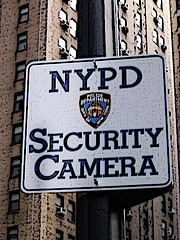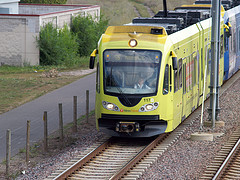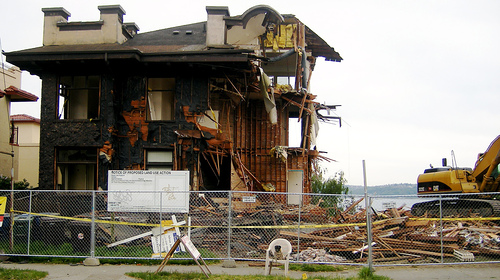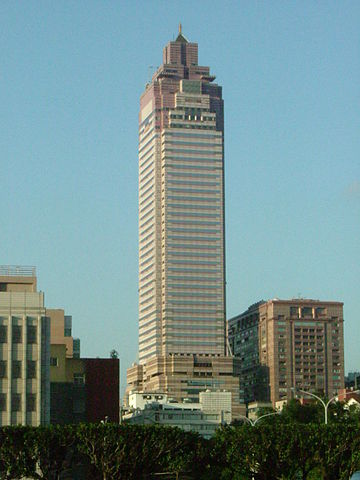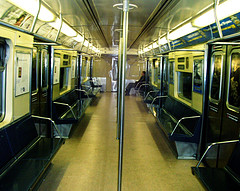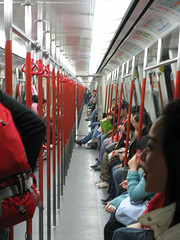Two or three developers (depending on which source you read) plan a new 45-story, 900K sq ft, $300 million office tower at 444 W Lake Street. In the world most of us were born into, this would mean they’d purchase the site, continue to pay taxes on it, and on the building when constructed. Thus the prior landowner would benefit from the transit and other infrastructure that we all provide, some part of this cost being offset by taxes resulting from the project.
This particular building, tho, may be a special case, to be built on air rights over the north approach to Union Station, tracks owned by either Metra or Amtrak. So public transportation would benefit, right? It doesn’t appear so, because, I think pre-Amtrak, the old Chicago Union Station Co. sold off the air rights. The Sun-Times says Larry Levy owns the “site,” presumably including the air rights.
Still, the building will yield taxes which help the comunity pay, right? Not in today’s Chicago. Blair Kamin says we’ll pay $29 million in real estate tax money to the developer, to build a park. A commenter elsewhere suggests it might be $40 million. Whichever, of course, that’s on top of all the subsidies we pay to provide transit service and maintain infrastructure without which this building would be infeasible.
The Tribune helpfully notes that the project “is expected to generate … 3,400 permanent office jobs.” Apparently those office jobs will be created to fill the building and would not otherwise exist in Chicago. The details of this mechanism are beyond me.
